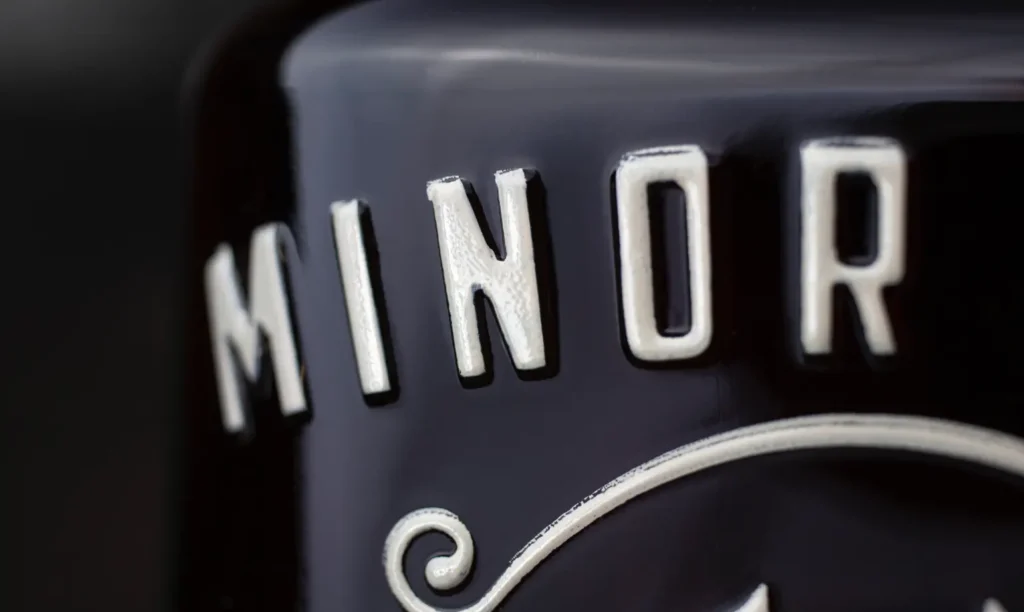If you own a bottle of Limestone Branch Distillery’s Minor Case Straight Rye Whiskey, you’ve seen the words “sherry cask finished” on the label.
You also know that Minor Case Rye tastes special — like no other rye you’ve tasted, with a soft richness and smooth mouth feel.
Do we have the sherry to thank for all this? Absolutely, says Whiskey Ambassador Stephen Fante.
“Are you kidding me?” he exclaims. “The influence of the sherry is key. It creates a rye with a fruit-forward nose that follows through on the palate to give a soft finish — rather than the heat and spice of a straight rye.”
Finishing whiskey in a sherry cask is actually a centuries-old practice: Sherry and whiskey go way back.
Sherry 101
Sherry is a fortified wine from Spain. “Fortified” means that a little brandy has been added after it has been aged, giving it a higher alcohol content than regular wine. Sherry comes in several styles; some are pale and crisp, while others are dark and intense.
Sherry had a bad rap for many years as a too-sweet wine consumed by your dear old auntie. But the versatile wine is enjoying a rebirth, showing up in craft cocktails and refreshing summer spritzers, or paired with finely sliced ham and cheese. (It’s very food-friendly.)
Sherry Casks, a History
Like whiskey and other spirits, sherry is aged in wooden barrels or casks. Scottish distilleries began the tradition hundreds of years ago of recycling those casks to finish their Scotch. The residue of sherry in the wood imparted sweet, fruity notes and helped soften the flavor.
Sherry casks now come at a premium price, spawning an industry of companies who make seasoned sherry-soaked casks specifically for use in the finishing process.
Minor Case Casks
Limestone Branch gets sherry casks from Meier’s Wine Cellars in Silverton, Ohio. It’s the state’s oldest operating winery and also the maker of the award-winning Meier’s #44, which was the favorite cream sherry of former President John F. Kennedy. Those are the very casks used by Limestone Branch for Minor Case.
The rye is aged in American oak barrels, then transferred to the sherry casks for finishing.
“It’s an additional six months or so to taste,” Fante says. “It’s not a set time; however, in most cases, it’s around six months.”
The result is a gentler rye with the spice still present but with a hazy edge, and with fruity, almost floral notes that add greater depth and complexity to the flavor — great for sipping on its own but also perfect in cocktails.
“It makes the best damn Manhattan,” Fante says. “You can whisper vermouth, and that sherry cask finish will do the rest.”

